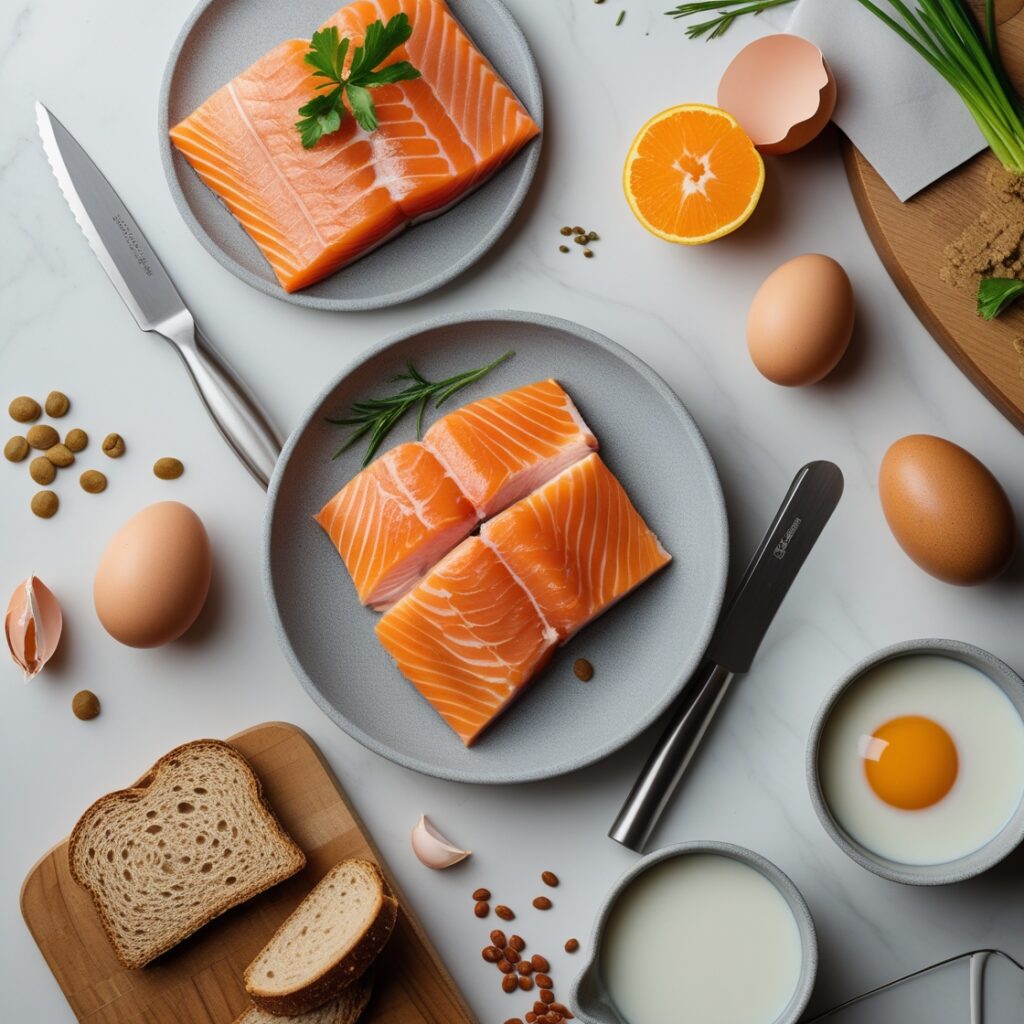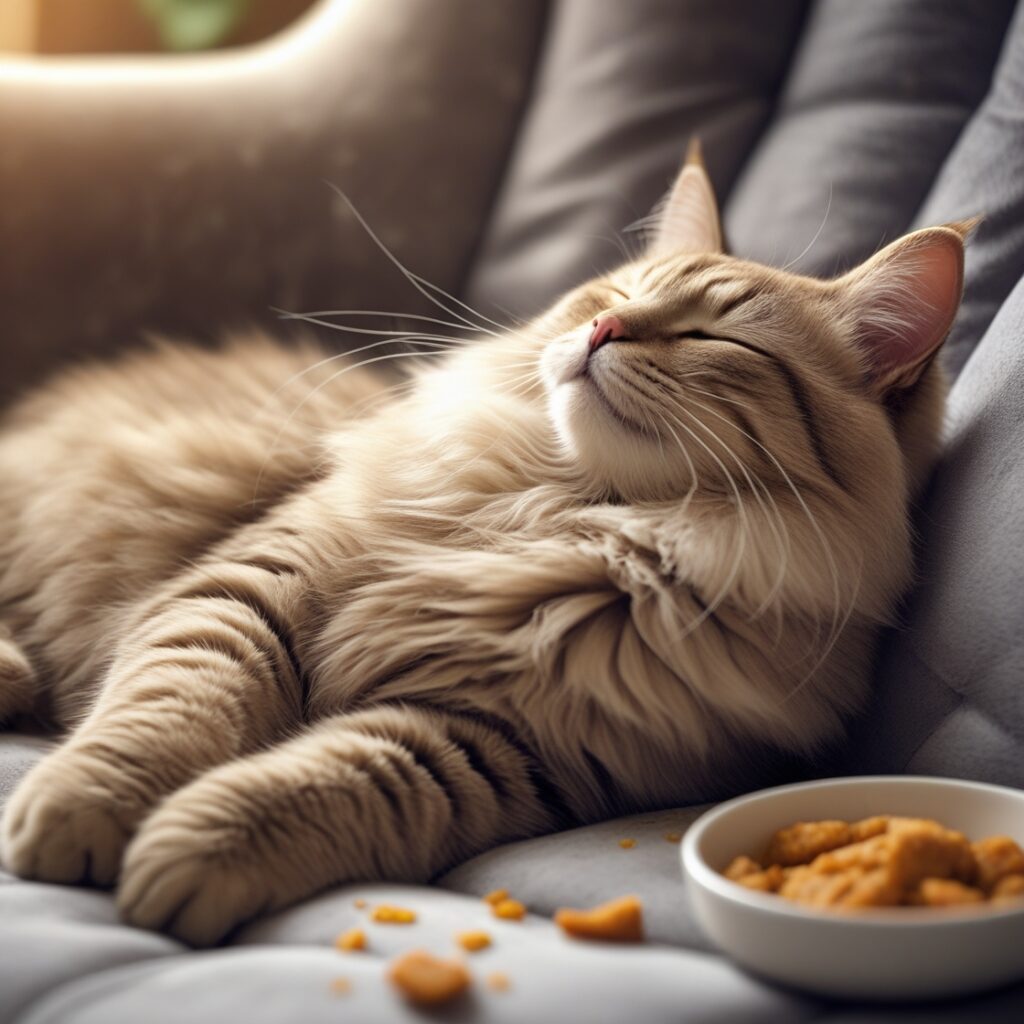You are one of many cat owners who have a pet that simply refuses to eat the best store-bought cat food. Many cat parents also attempt to please a finicky eater without sacrificing the nutritional value of their food. So, what is the best way? It is to start cooking the food for the pet yourself, and thus, get control over the ingredients and choose what is best nutritionally.

In addition to saving money on medical expenses, you may prepare meals that are both delicious and nutritious by learning about the cat’s nutrition and having a few tried-and-true recipes.
Why Opt for the Home-made Alternative?
1. Ingredient Oversight
Preservatives, artificial flavors, and several useless additives are frequently found in prepared foods. You prepare nutritious foods in your kitchen especially for your cat’s needs.
2. Bare with Cat Allergies or Sensitivity Cases
Having your kitty be problematic when it comes to food allergies, skin rashes, or stomach can be solved with clean and simple homemade food recipes that can cure the symptoms.
3. The cost won’t be an issue anymore
Not to mention that it is more expensive to have it made at the beginning, in the long run, your budget will not be hurt by just homemade food that is less expensive than the dry packet your cat might eat.
Feeding Your Cat’s Nutritional Requirements
As members of the obligate carnivore family, cats’ bodies are largely designed to digest and absorb nutrients from animal proteins. Therefore, any diet, particularly a homemade one, needs to contain:

- Certain meat—source: It is a key factor in the energy, muscle maintenance, and immune system of the cat,
- Taurine: An essential amino acid that is mainly found in meat, particularly the heart and liver. Blindness and cardiac problems can develop from a taurine deficiency.
- Fats: It has been suggested that omega-3 and omega-6 are beneficial for the health of the skin, fur, and brain. However, the body cannot produce these.
- Vitamins & Minerals: Such as calcium, phosphorus, vitamin A, and B vitamins.
- Moisture: Underhydration is common for cats who usually do not drink enough water. Their meals, being wet, will keep them well-hydrated thus, lessening the risk of kidney disease.
🥣 1. Chicken & Pumpkin Comfort Bowl
Ideal for: Sensible appetite and sporadic bowel problems
Ingredients:
- Half a cup of cooked chicken breast, shredded
- 1/4 cup of pumpkin puree (not pie filling)
- 1 tbsp cooked white rice
- 1/2 tsp fish oil (for omega-3s)
Instructions:
- Mix all ingredients in a bowl thoroughly.
- Mash the food until it reaches the consistency your cat needs.
- After letting it cool, place it in front of your pet.
Why it works: Chicken is a pure protein that cats can readily digest, and high-fiber foods are also calming for the digestive tract.
🐟 2. Tuna & Sweet Potato Power Bowl
Best for: Probiotic rich omega-3 and those who are very difficult to please
Ingredients:
- 1/2 cup canned tuna in water (low sodium)
- 1/4 cup mashed cooked sweet potato
- 1/2 tsp olive oil
Instructions:
- Get clear of the water from the tuna and combine with the mashed sweet potato.
- Additionally, add the olive oil and combine as best you can to make the cat’s life joyful and healthy.
- Nine out of 10 cats will eat your cooking if you just do it without thinking about it.
Why it functions: Even the pickiest cats are drawn to the aroma of good fish because tuna contains chemicals that stimulate appetite. Sweet potato is also rich in dietary fiber which is an absolute necessity to keep your pet healthy.
🍖 3. Turkey & Quinoa Delight
Ideal for: Active cats or cats who struggle with obesity
Ingredients:
- 1/2 cup of the ground turkey that was not cooked yet
- 2 tbsp of cooked quinoa
- 1 tbsp of boiled spinach leaf (finely chopped)
Instructions:
- Take the bowl and put the ingredients in it.
- 1/4 cup cooked chicken liver (lightly boiled)
- 1 tbsp grated carrot
- 1 tbsp cooked oatmeal
- Slice the liver thinly and combine it with the oats and vegetables.
- Offer the small portion of it together with his usual food.
- Slow Introduction: Begin by combining 75% of the current meal with 25% of the homemade food. Then raise the amount every day over 7–10 days.
- Consistency Is Key: Bonding and habit building depend on feeding times being regular.
- Watch Reactions: Keep an eye on how your pet’s energy, appetite, and bowel habits change.
- Storage: Store your homemade cat food in the refrigerator and eat it within 48 hours.
Concluding Remarks
Cat feeding must never be made to seem an ordeal. By being a little imaginative and considerate, you might transform a routine action into one that improves your health. In addition to giving your feline companion the nourishment they need, this method will also satiate their sophisticated senses.

On this journey of homemade cat food, you are not alone in this you will be closer to your pet and a happy side effect could be money saving.



